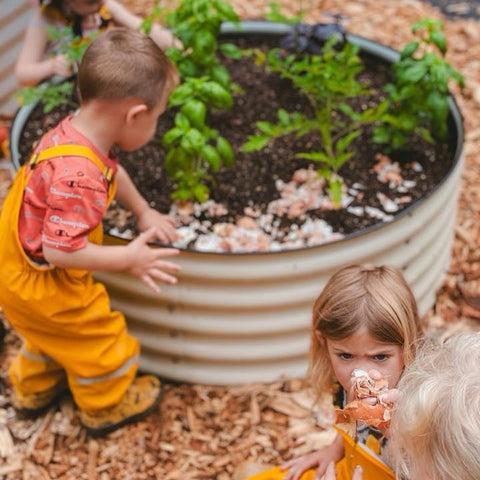Why Metal Garden Bed Has No Bottom
Metal garden beds are a popular option for gardeners looking for a durable and long-lasting solution for their growing needs. One common feature of many metal garden beds is the lack of a bottom. While some garden beds may have a bottom made of metal, plastic, or other materials, many metal garden beds do not have a bottom at all.
The primary reason for this is drainage. Garden beds without bottoms allow excess water to drain away from plant roots, preventing waterlogging and root rot. Without proper drainage, soil can become compacted and oxygen levels in the soil can become reduced, leading to poor plant growth and even plant death. By having no bottom, metal garden beds allow excess water to drain freely and provide better air circulation to the roots of plants.
Another reason for not having a bottom in metal garden beds is the ability to control soil quality. With no bottom, gardeners can add their own soil mixtures and amendments to the garden bed. This allows for a more customized growing environment for different types of plants with varying soil requirements. Gardeners can choose the type and quality of soil they use in their garden beds, as well as add compost or other organic matter to improve soil fertility and structure.
Metal garden beds without bottoms also have the added benefit of being able to be placed directly on top of existing soil or other surfaces. This eliminates the need for excavation or preparation of the ground beneath the garden bed, making installation much easier and faster. It also allows for greater flexibility in the location of the garden bed, as it can be moved and placed in different areas of the garden as needed.
However, there are some drawbacks to not having a bottom in metal garden beds. One of the main concerns is the potential for soil erosion. Without a bottom, soil can be washed away by heavy rain or wind. Additionally, garden beds without bottoms may be more susceptible to weeds and other unwanted plants growing up from the soil below. Gardeners should take care to control weed growth and erosion by adding a layer of landscape fabric or cardboard beneath the garden bed to help prevent soil loss.
In conclusion, metal garden beds without bottoms are a great option for gardeners looking for a low-maintenance and customizable growing environment. They provide good drainage and aeration to plant roots, while also being easy to install and move. While there are some drawbacks to not having a bottom, these can be easily mitigated with proper preparation and care. Overall, metal garden beds without bottoms are an excellent choice for anyone looking to grow a healthy and vibrant garden.
